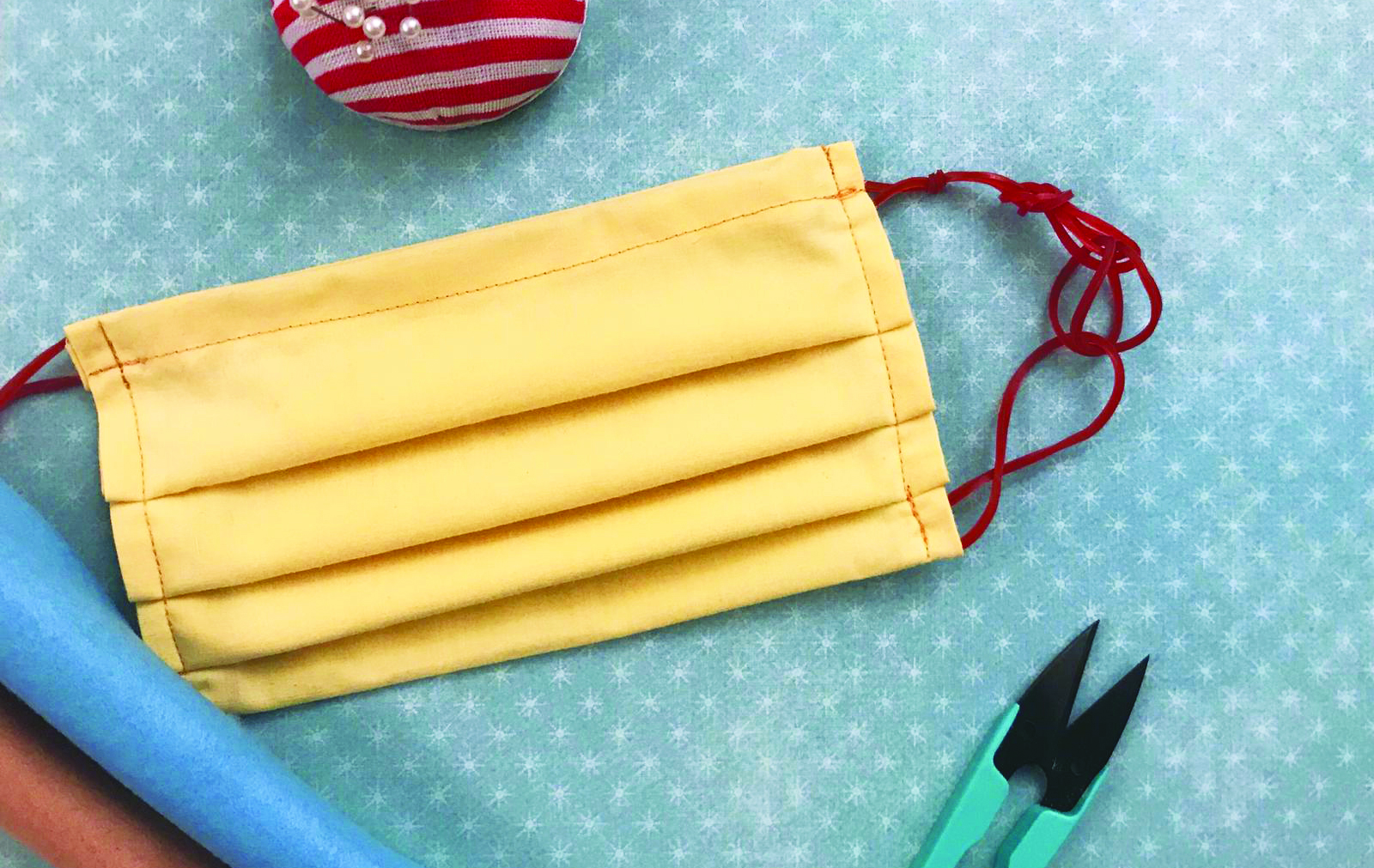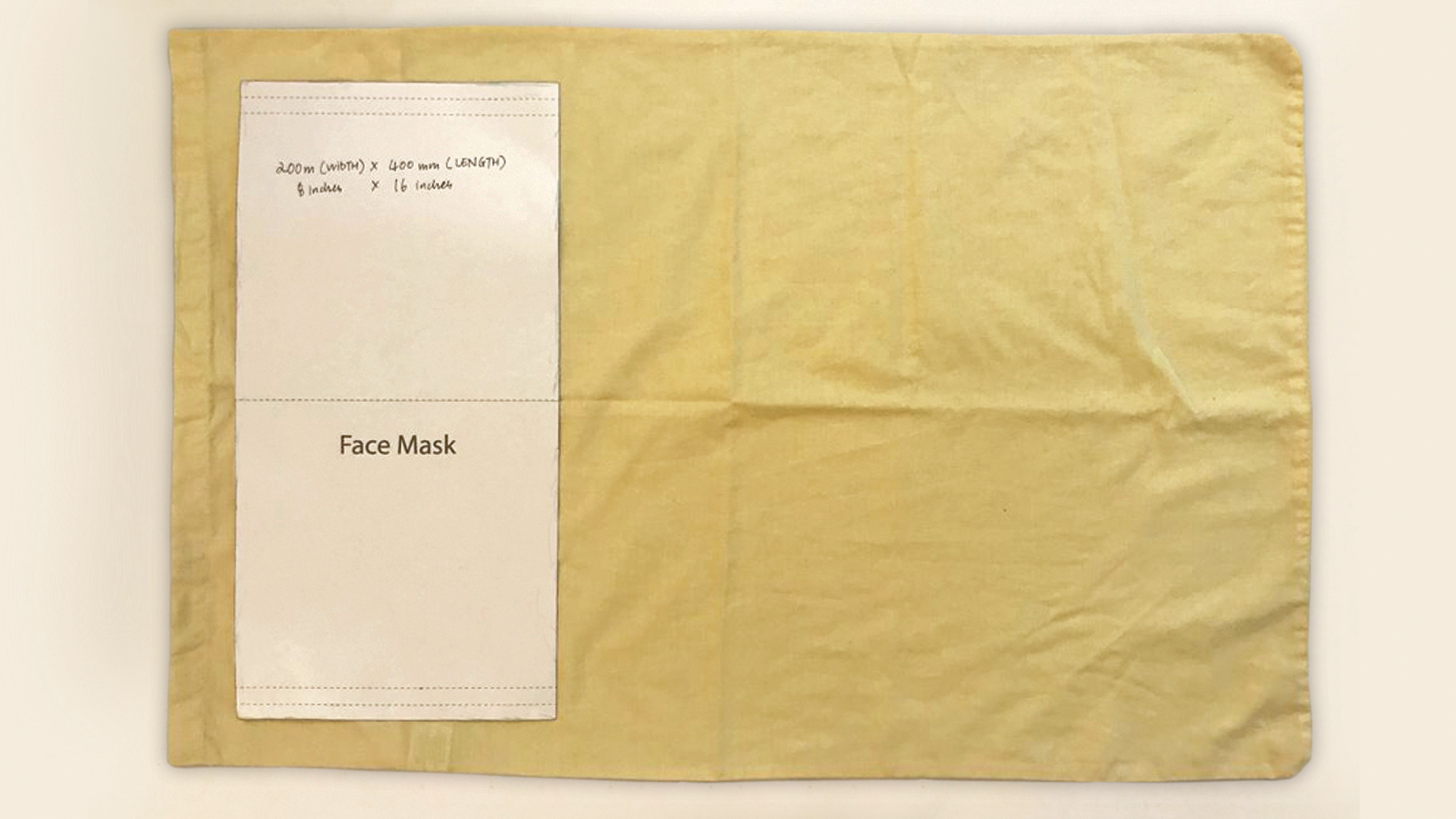CRAFT
Make Your Own Fabric Face Mask
(using household items)

During this challenging time, many countries are on lockdown. But there is still a need to go out for grocery runs, get medication and other necessities. Some people need to go to work. A lot of hospitals’ medical supplies are also running low. Keeping all that in mind, we came up with this tutorial so that you can make your own face mask with items which are mostly found in your home.
Like the surgical mask, this mask has 3 layers. For the outer layers, we used 100% cotton from a pillowcase. 100% cotton is the best material for the mask because it is very light and breathable. The dimension of the fabric required for each face mask is 200mm(width) by 400mm(length) or 8 inches by 16 inches. One standard pillowcase is big enough to make 6 face masks, 3 from each side.


The following are a few properties that can be attained using non-woven fabrics:
– absorbency
– bacterial barrier
– filtering
– liquid repellency
– softness
– sterility
– strength
– stretch

It is important to include a piece of bendable metal in your face mask to give it a better fit around your nose. Watch the video below to see where it is inserted.
You may use any one of the following for this:
– twist-tie (commonly used for packaging loaves of bread in Singapore, in other countries people might use it to secure party goody bags)
– pipe cleaner
– little pieces of wire used to secure toys/gadgets to their packaging

This video shows how to make your own fabric face mask, using household items:
Where to find the materials:
100% cotton or linen: major craft/fabric stores
Non-woven fabric: major craft/fabric stores and grocery stores
Twist tie: major craft stores
If you don’t have a sewing machine, you may hand-sew the mask. Please note that the filter insert is to be replaced daily and thrown away. Hand wash the fabric mask with warm soapy water after daily use. Let it air-dry overnight. This mask does not offer 100% protection from any bacteria/virus, it is just a supplement. More importantly, wash your hands regularly with soap and water, and maintain good personal hygiene.
